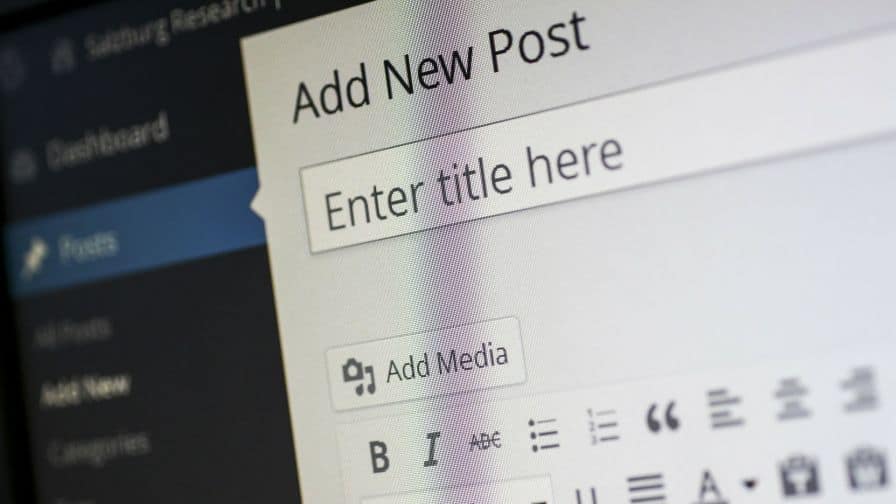The sooner people stop using the term ‘native advertising’, the sooner the content marketing technique can start to rebuild its reputation as a value-added service to consumers, rather than glorified advertorial.
Only then will native deliver an innovative and creative consumer engagement tool with staying power, that could transform brands’ relationships with their target audiences.
In a consumer world that craves personalisation and hates the sell, native should have been brands’ golden ticket to engagement and loyalty. The key benefit would lie in delivering key branded insight to consumers of online media to complement editorial.
In a highly competitive environment, dominated by clutter and intrusive advertising which is driving away readers, native should have been the publisher’s route to readability; working with brands to increase revenues whilst adding value to the consumer experience through relevant content.
Some time after its moment in the spotlight, we’re left to ask what went wrong. The answer is content.
Filling a gap
On its way to the top, the most important part of the native equation was neglected by brands, agencies and publishers.
Perhaps the problem stemmed from the commonly used term ‘native advertising’. Maybe this resulted in the creation of high quality, relevant content to support editorial being bypassed in favour of advertising messages.
Alternatively, it could have been down to marketers looking to get the most value from their advertising creative. “Why spend time crafting new content, when we can re-purpose stuff that we’ve worked hard to create?”
Or expediency could lie at the route of the problem. “We need to fill that space quickly, so let’s post up something that we already have prepared – even if it is an ad.”
And then we come to the perhaps the most likely, yet unlikely, culprit – a single word: space. Viewing native as yet another ‘space’ automatically puts it in the advertising category.
So instead of beautifully integrated branded insight that adds value to the surrounding content, consumers were faced with ads masquerading as editorial. It’s no surprise, then, that they felt cheated, hoodwinked and deceived by a previously trusted medium of choice in partnership with a well-known brand. Something that reflected glory on neither publisher or brand – in fact, just the opposite.
“Protect the consumer!” went the cry, and suddenly native was a media terrorist, seeding advertising messages within editorial content for unsuspecting consumers.
“We need standards!” bawled the media industry, to ensure native was clearly identifiable as promotional content – and they were subsequently introduced on both sides of the Atlantic.
Suddenly you could look from advertising to native and back again, and find it almost impossible to tell the difference.
Then came the research in 2016 that revealed native advertising was declining in popularity, and the situation at present.
They think it’s all over?
Is native dead? Hopefully, because it never should have been treated or labelled as advertising in the first place.
The good news is that programmatic technology now exists that’s dedicated to native, which takes a content marketing approach to the discipline treating it as distribution, rather than a channel in itself.
It delivers key insight to brands and agencies on the kind of content that consumers are interested in as well as answering questions regarding when and where they are consuming it. Automation can be used to place it in the relevant space at the time when consumers will be most receptive to it to maximise engagement.
Delivering such a content and consumer-first approach will hopefully inspire brands, agencies and publishers to create and deliver insight over advertising and breathe life back into native.
In a time of disarray for native, this could be the best chance brands have to drive real consumer engagement and loyalty, while for publishers it’s the route to a lucrative and sustainable revenue stream.
